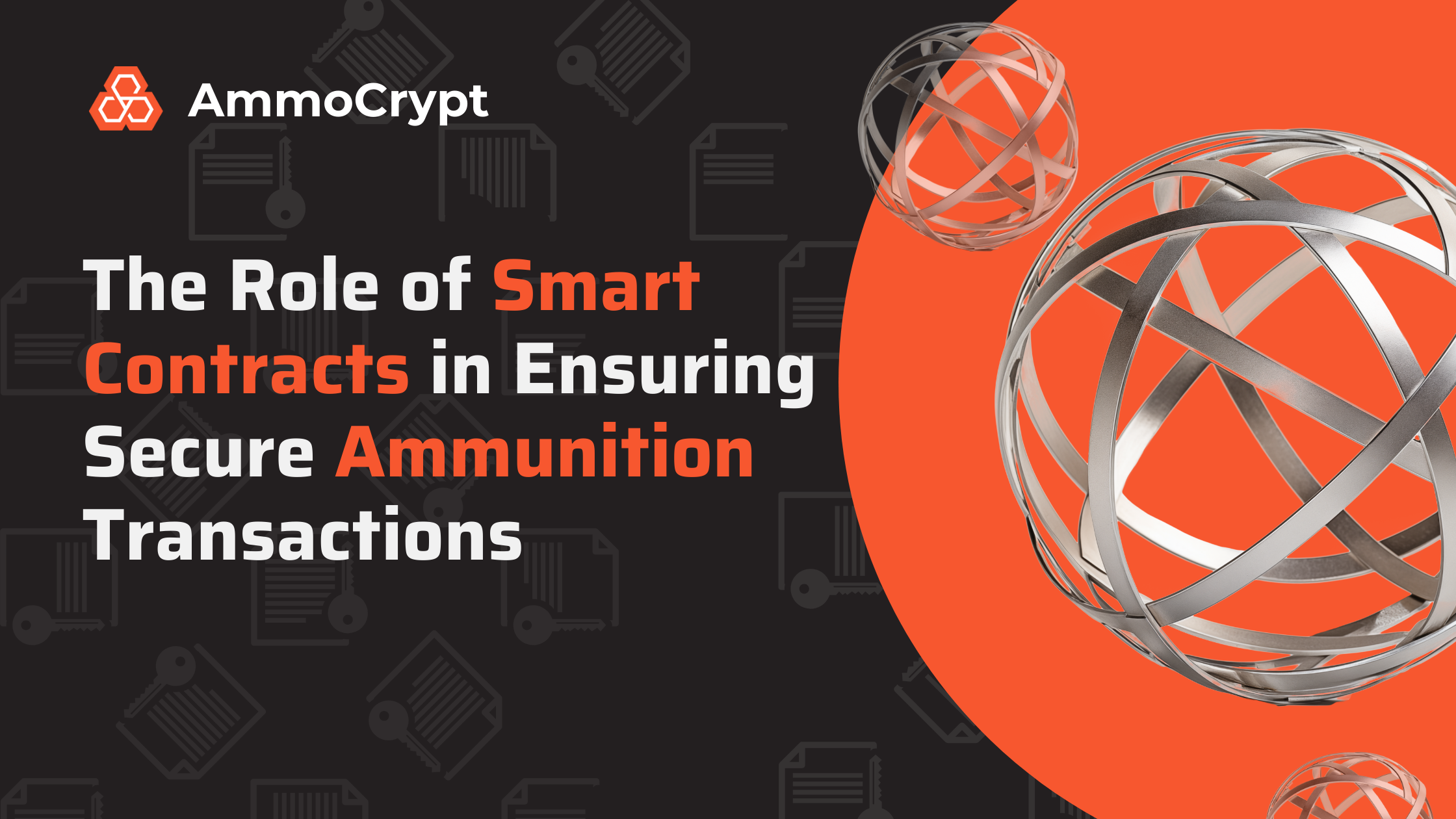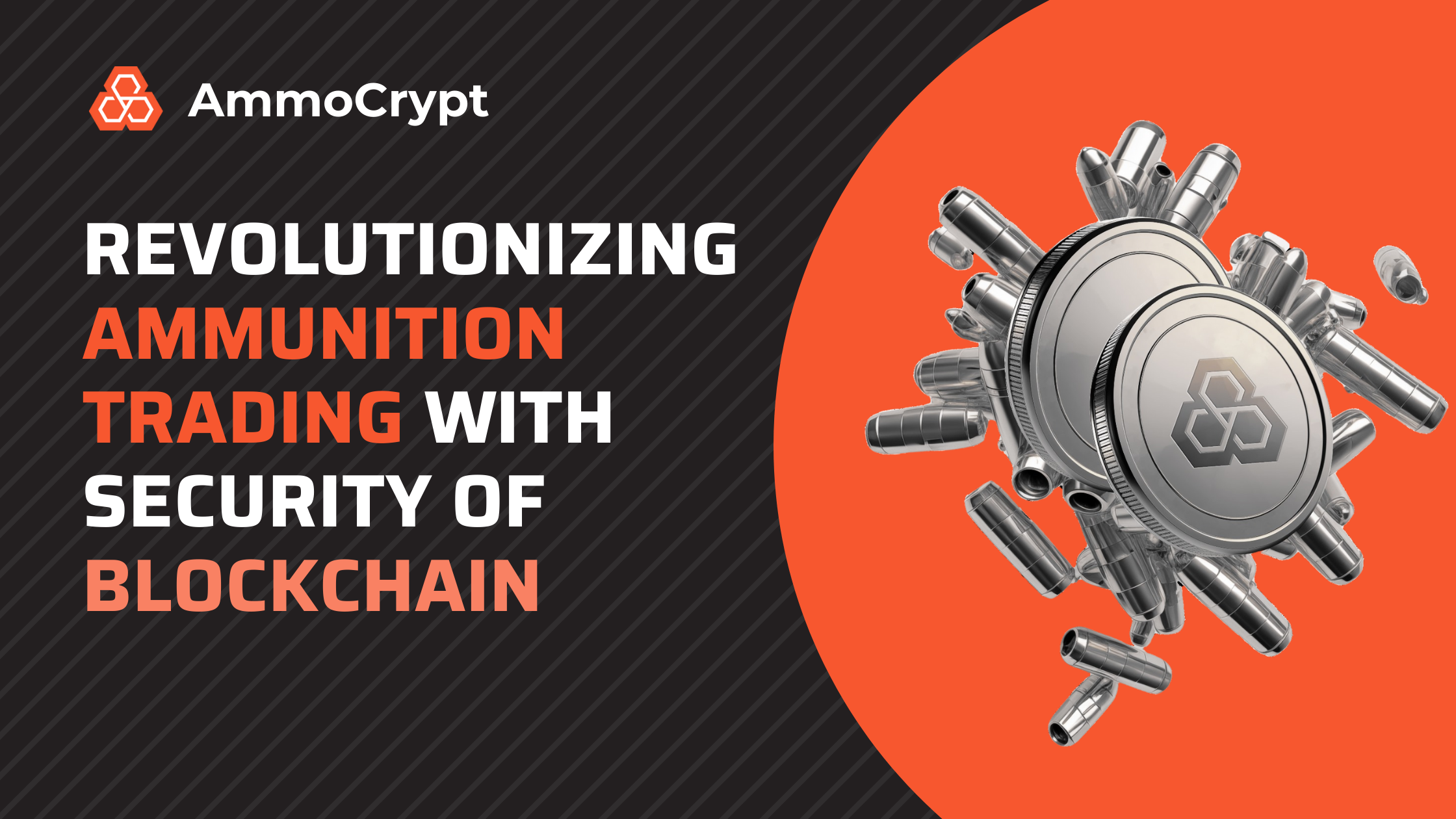The integration of real-world assets into blockchain technology, known as tokenization, is transforming the financial landscape, bringing unprecedented benefits. By representing physical assets such as real estate, art, or commodities as digital tokens on a blockchain, tokenization promises to revolutionize how we invest, trade, and manage assets.
AmmoCrypt is a blockchain-based platform focused on creating a marketplace ecosystem for ammunition. It leverages Real World Assets (RWA) by backing its tokens, called Kaliber Tokens, with real ammunition. These tokens can be staked, resold, and redeemed by end-users where legally permissible. AmmoCrypt aims to provide a unique and secure method for purchasing and trading ammunition using blockchain technology, ensuring transparency and traceability.
Here’s why bringing real-world assets on-chain is a game-changer.
-
Unlocking liquidity
One of the most compelling advantages of tokenization is the increased liquidity it brings to traditionally illiquid assets. Take real estate, for instance. The process of buying and selling property is often slow and cumbersome, typically involving significant capital and lengthy transaction times. Tokenization allows fractional ownership, meaning investors can buy and sell shares of a property as easily as they would trade stocks. This fractional ownership model not only democratizes investment opportunities but also injects liquidity into the market, enabling more dynamic and frequent trading.
-
Enhanced transparency and security
Blockchain’s inherent transparency and security features are transformative. Every transaction is recorded on an immutable ledger, drastically reducing the risk of fraud. In industries like art, where provenance and authenticity are critical, tokenization can provide an unbroken chain of ownership. This capability is invaluable for buyers and sellers alike, offering assurance and boosting confidence in transactions. Enhanced transparency can lead to greater market trust and higher asset valuations over time.
-
Cost efficiency
Traditional asset transactions often involve multiple intermediaries, each adding layers of cost and complexity. Tokenization streamlines these processes through smart contracts, which automatically execute transactions when predefined conditions are met. This automation reduces the need for brokers, lawyers, and escrow agents, significantly cutting down transaction costs. Moreover, the speed at which these transactions can occur is vastly improved, eliminating the typical delays associated with asset transfers.
-
Democratization of investments
Tokenization opens up investment opportunities to a broader audience. Historically, high-value assets like commercial real estate or fine art were accessible only to wealthy individuals or institutional investors. By breaking these assets into smaller, more affordable tokens, a more diverse group of investors can participate. This democratization fosters inclusivity in investment markets, allowing individuals from various economic backgrounds to build wealth and diversify their portfolios.
-
Improved access to capital
For asset owners, tokenization provides an innovative way to raise capital. By issuing tokens backed by real-world assets, owners can unlock the value of their holdings without having to sell them outright. This method can be particularly advantageous for businesses and property owners seeking to leverage their assets to fund new projects or expansions. It offers a flexible, efficient way to access liquidity while retaining control over the underlying asset.
-
Portfolio Diversification
Tokenized assets enable investors to diversify their portfolios more effectively. Instead of committing significant resources to a single asset, investors can spread their capital across various tokenized assets, balancing risk and return more efficiently. This diversification is particularly beneficial in volatile markets, providing a hedge against fluctuations in specific asset classes.
Real-World Applications
Several industries have already begun to realize the benefits of tokenization. For example, in real estate, a luxury property in Manhattan was tokenized in 2020, allowing investors to purchase shares of the building. This initiative democratized access to high-value real estate and demonstrated the viability of tokenization in the property market.
In the art world, platforms like Maecenas and Masterworks have enabled fractional ownership of high-value pieces, making art investment accessible to a broader audience. This not only diversifies investors’ portfolios but also provides liquidity to the art market.
In the commodities sector, companies like Paxos have introduced tokenized gold,
allowing investors to buy and trade gold-backed tokens. This innovation combines the stability of gold with the flexibility of digital assets, making precious metal investments more accessible and tradable.
Conclusion
Bringing real-world assets on-chain is undeniably worth the effort. The benefits of enhanced liquidity, transparency, cost efficiency, democratization of investments, improved access to capital, and better portfolio diversification are transformative.
As blockchain technology continues to evolve, the tokenization of real-world assets is poised to revolutionize industries and create new opportunities for investors and asset owners alike.
Connect with us on social media:



